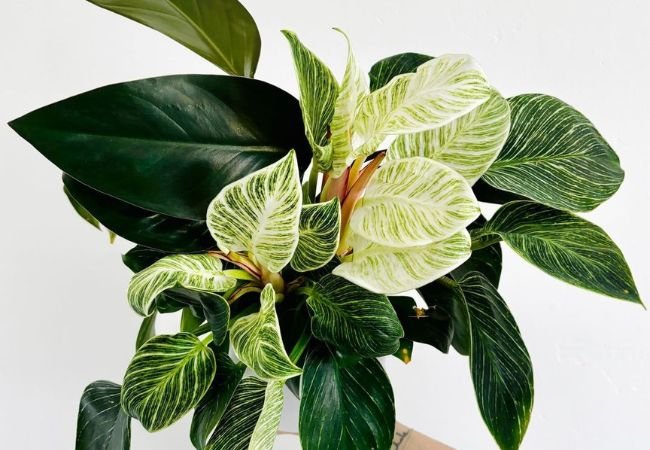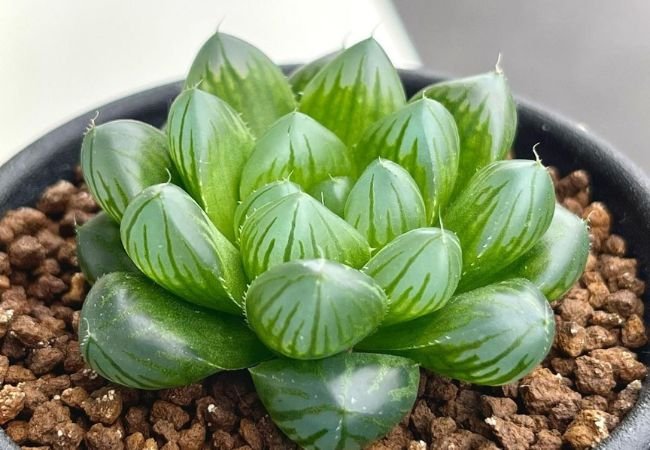Trees that start with A to Z letter of the alphabet include Alder, Beech, Cedar, Dogwood, Elm, Fir, Ginkgo, Hickory, Ironwood, Juniper, Katsura, Linden, Maple, Neem, Oak, Pine, Quaking Aspen, Redwood, Spruce, Tulip Tree, Umbrella Pine, Vinegar Tree, Willow, Xylosma, Yellowwood, and Zelkova. This diverse list represents trees from various regions and climates worldwide.
As an arborist with over two decades of experience studying and caring for trees across the globe, I’m excited to take you on a journey through the alphabet of trees. This comprehensive guide will introduce you to a wide variety of tree species, their characteristics, and interesting facts.
A – Alder (Alnus)
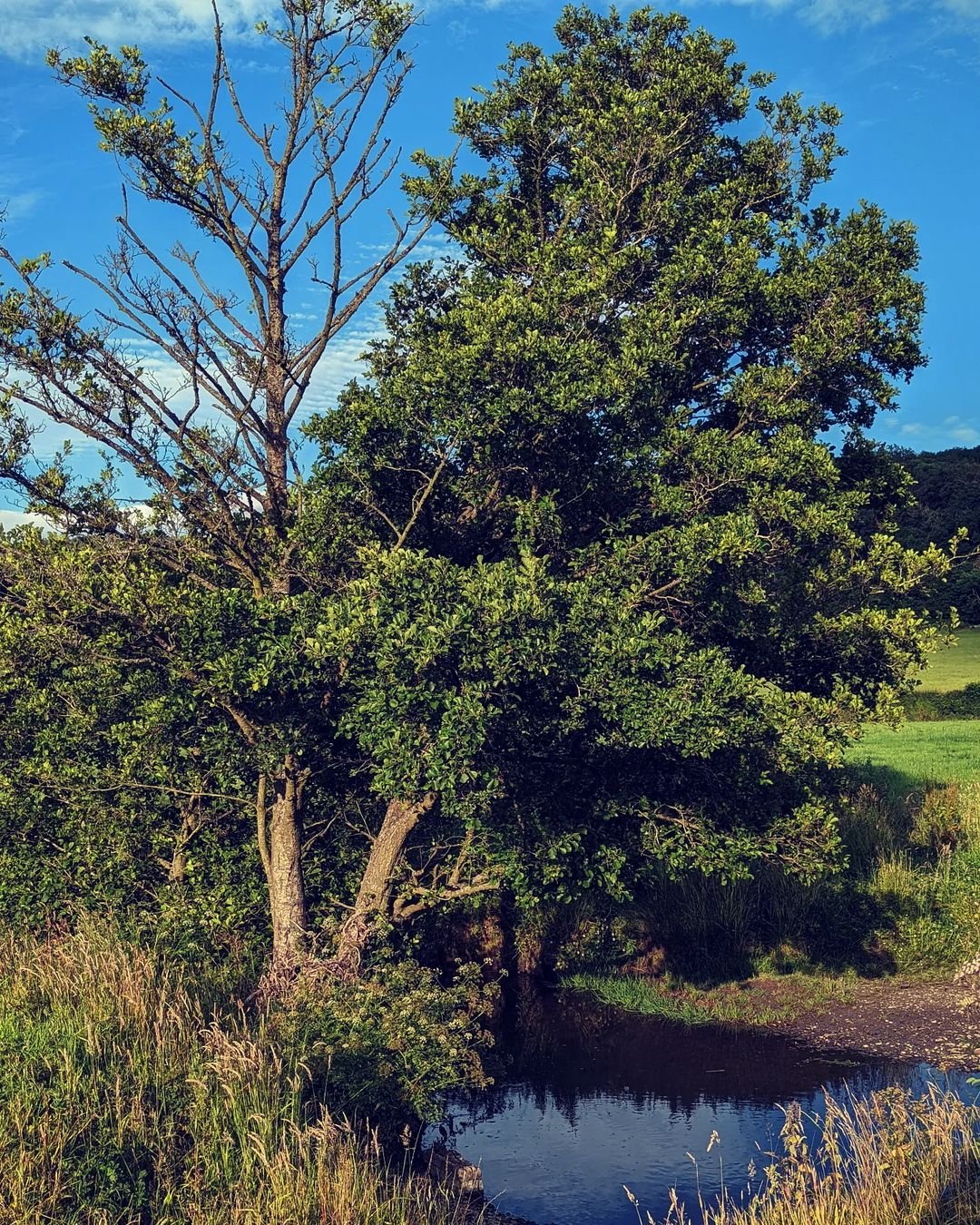
Alders are fast-growing deciduous trees known for their ability to fix nitrogen in the soil.
Key features:
- Cone-like fruit
- Tolerant of wet soils
- Important for land reclamation
For more on Alders, visit the USDA Forest Service’s Alder page.
B – Beech (Fagus)
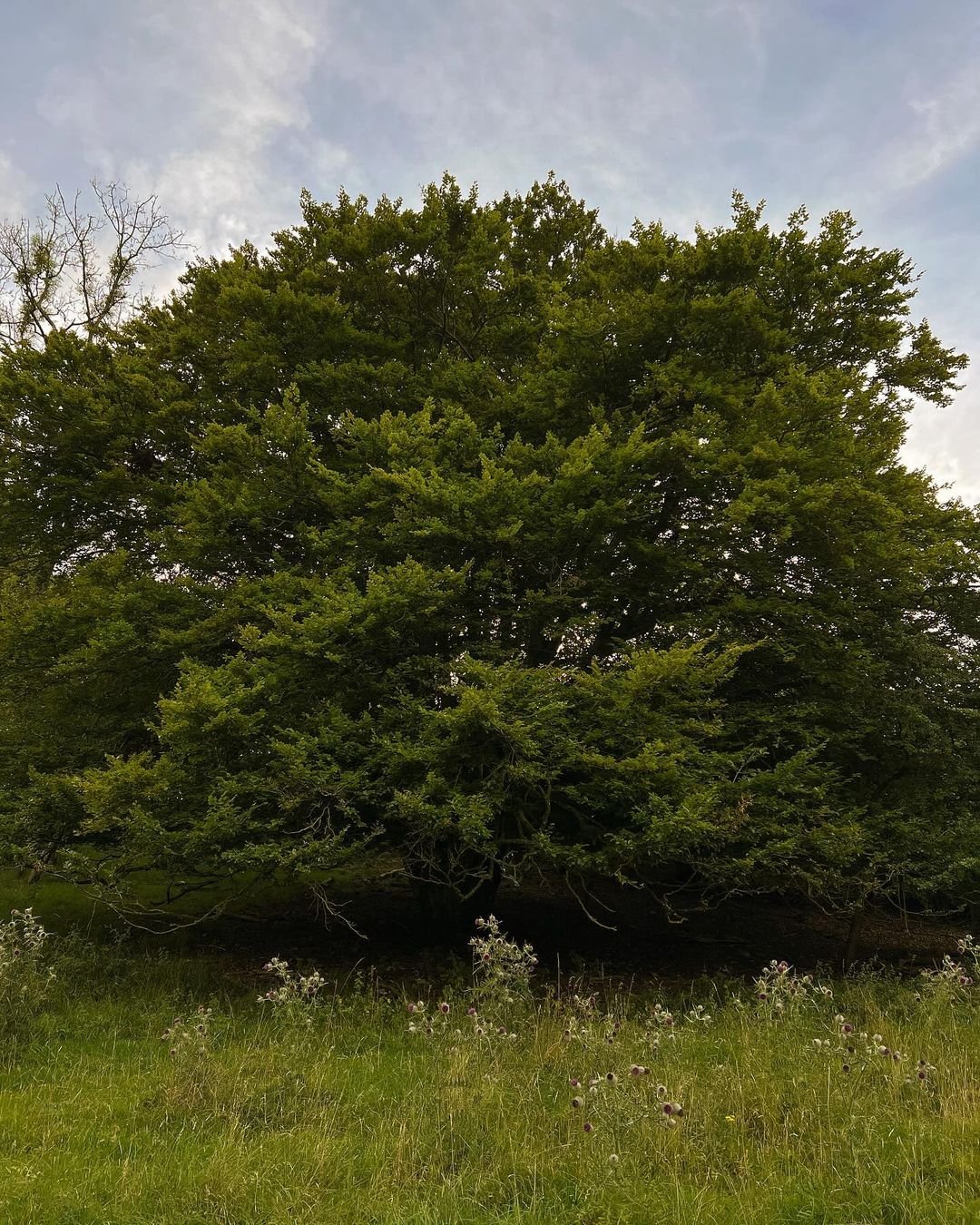
Beech trees are known for their smooth, gray bark and dense canopy.
Key features:
- Edible nuts
- Long-lived (up to 400 years)
- Shade-tolerant
C – Cedar (Cedrus)
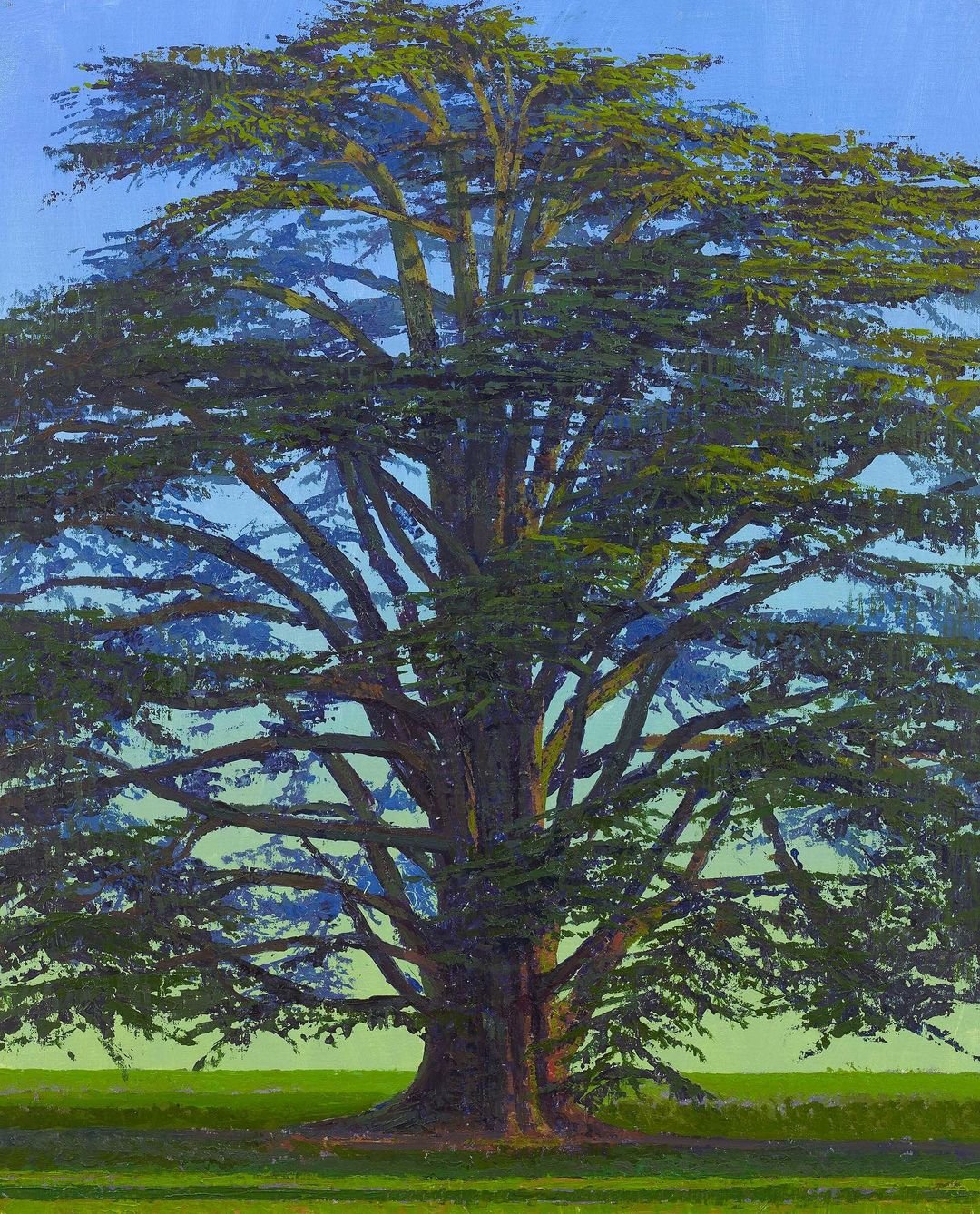
Cedars are coniferous trees with fragrant wood and distinctive cone shapes.
Key features:
- Evergreen
- Drought-tolerant
- Often used in woodworking
D – Dogwood (Cornus)
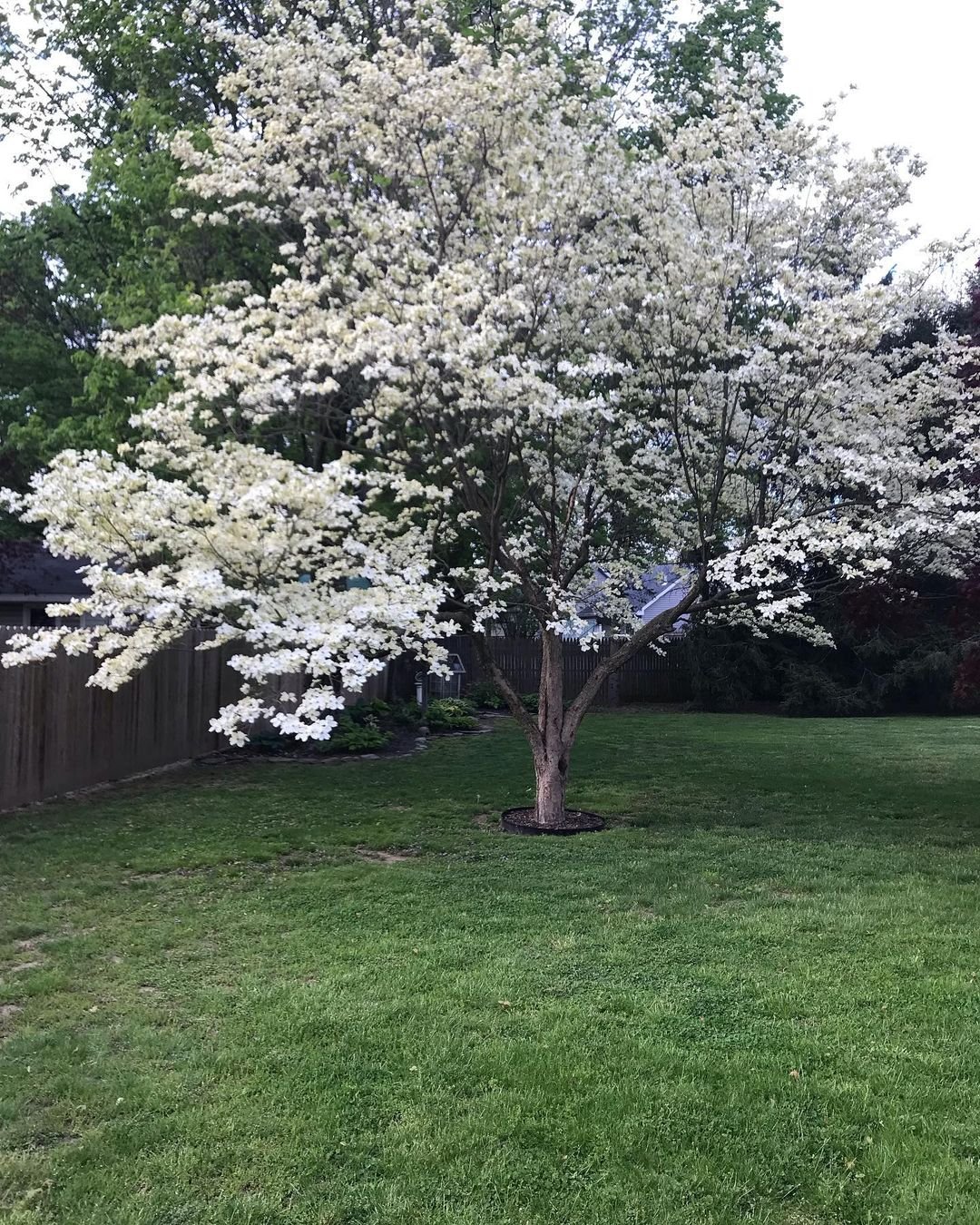
Dogwoods are popular ornamental trees known for their showy spring flowers.
Key features:
- Bright red or white bracts
- Attractive fall foliage
- Bird-friendly berries
E – Elm (Ulmus)
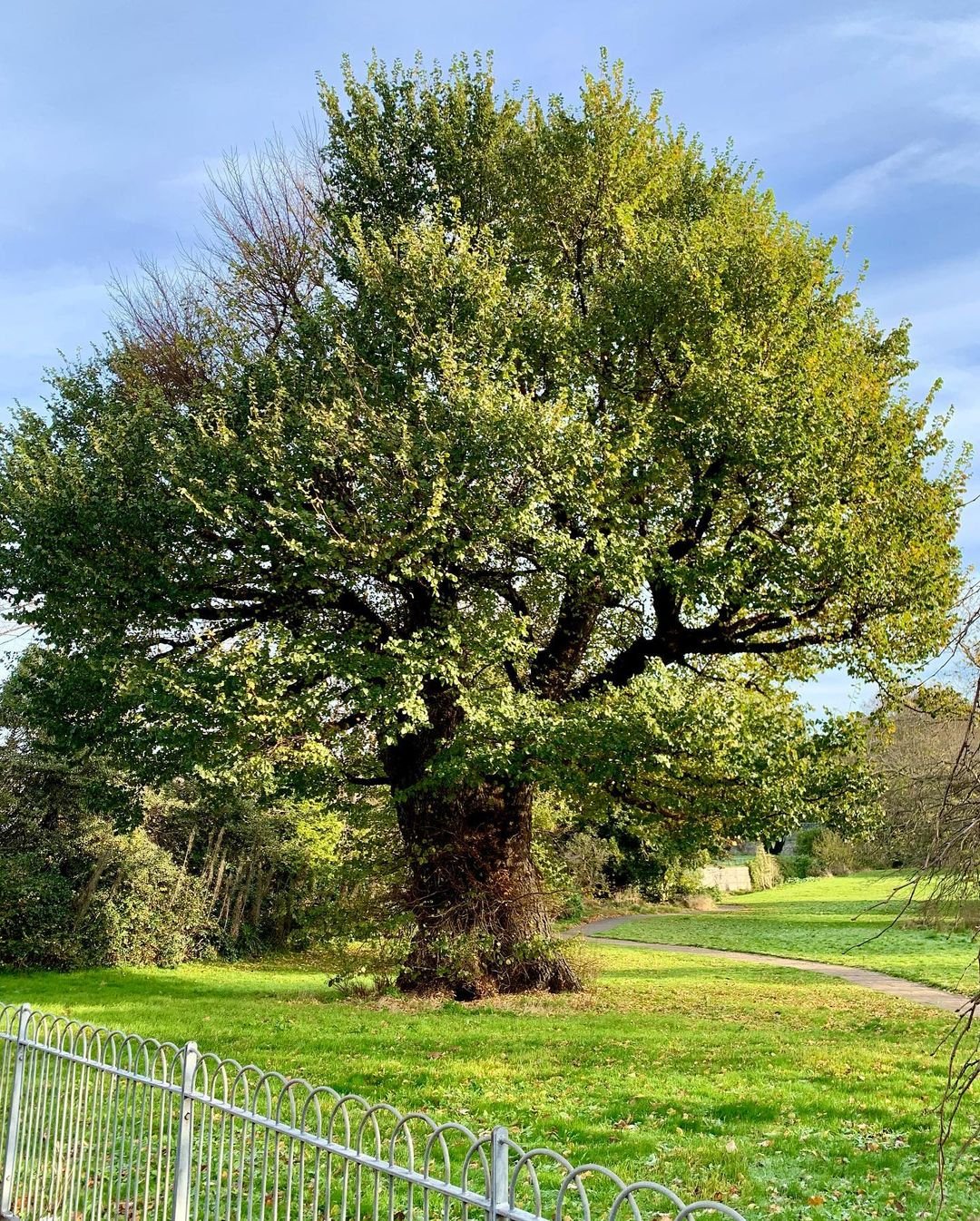
Elms are deciduous trees once common in urban landscapes before Dutch elm disease.
Key features:
- Vase-shaped canopy
- Resistant varieties now available
- Fast-growing
F – Fir (Abies)
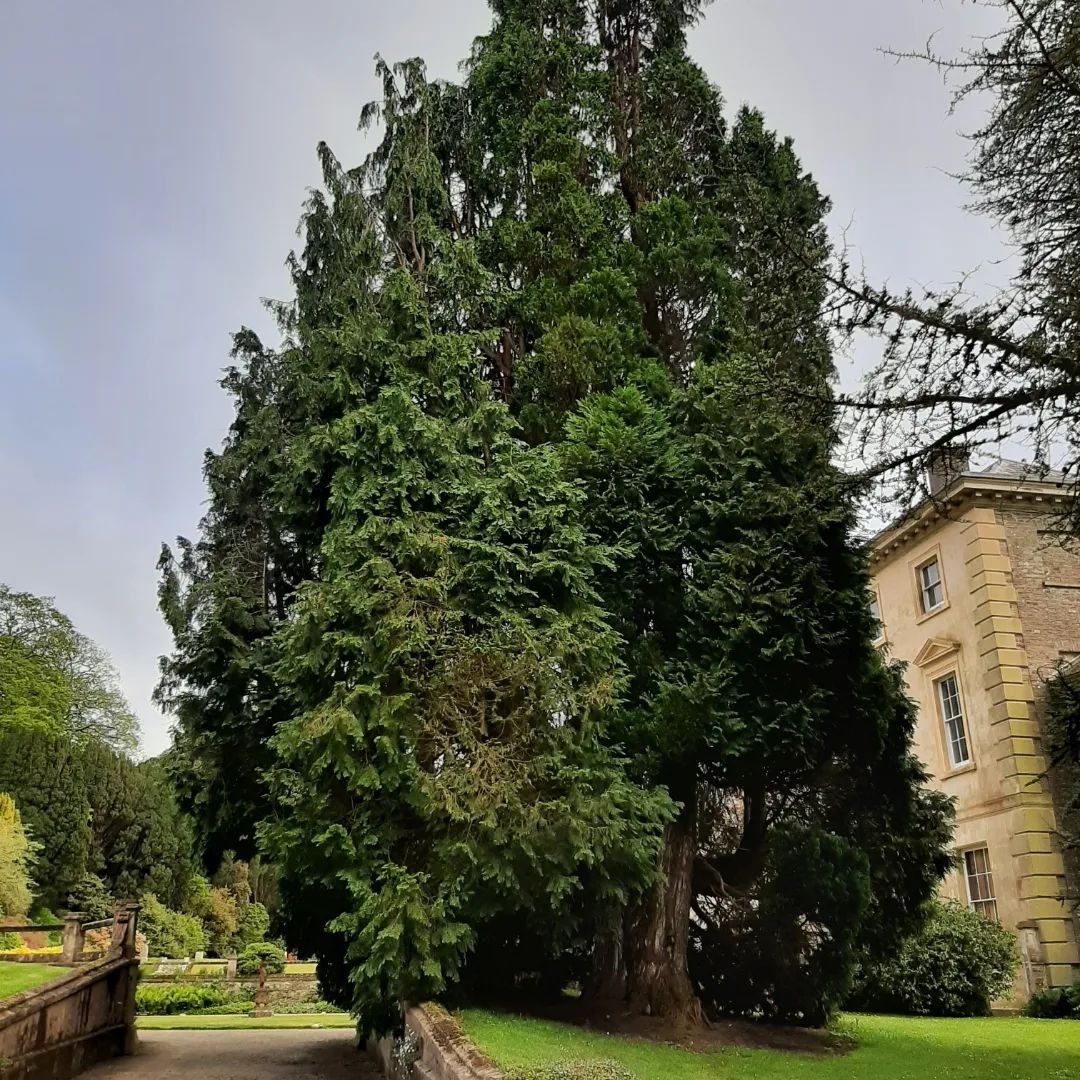
Firs are coniferous trees often used as Christmas trees.
Key features:
- Soft, flat needles
- Upright cones
- Prefer cool climates
G – Ginkgo (Ginkgo biloba)
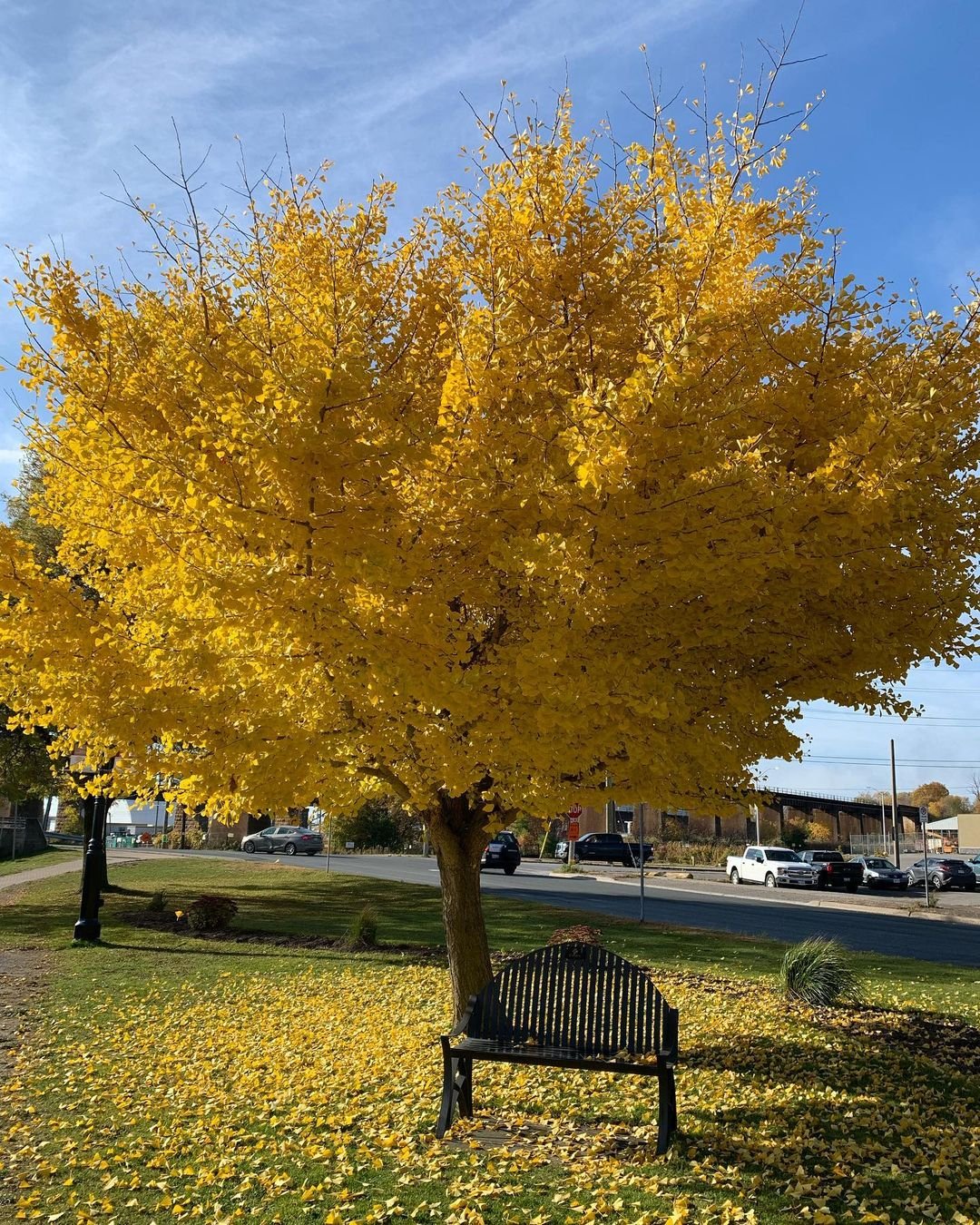
Ginkgo is a unique species with fan-shaped leaves and no close living relatives.
Key features:
- Ancient species (living fossil)
- Excellent urban tree
- Bright yellow fall color
H – Hickory (Carya)
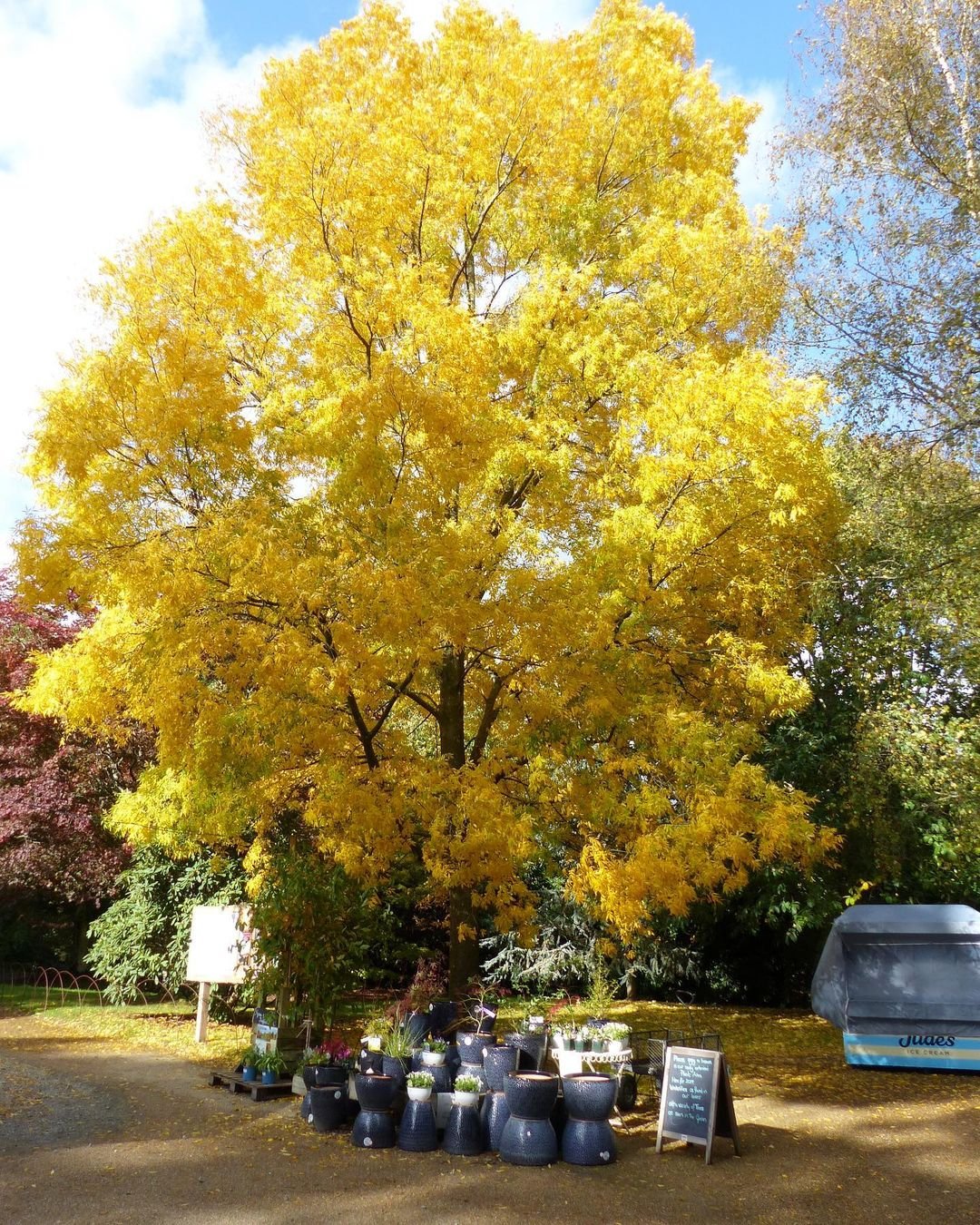
Hickories are known for their strong wood and edible nuts.
Key features:
- Compound leaves
- Valuable timber
- Important wildlife food source
I – Ironwood (Ostrya virginiana)
Also known as hophornbeam, ironwood is known for its extremely hard wood.
Key features:
- Elm-like leaves
- Hop-like fruit clusters
- Shade-tolerant understory tree
J – Juniper (Juniperus)
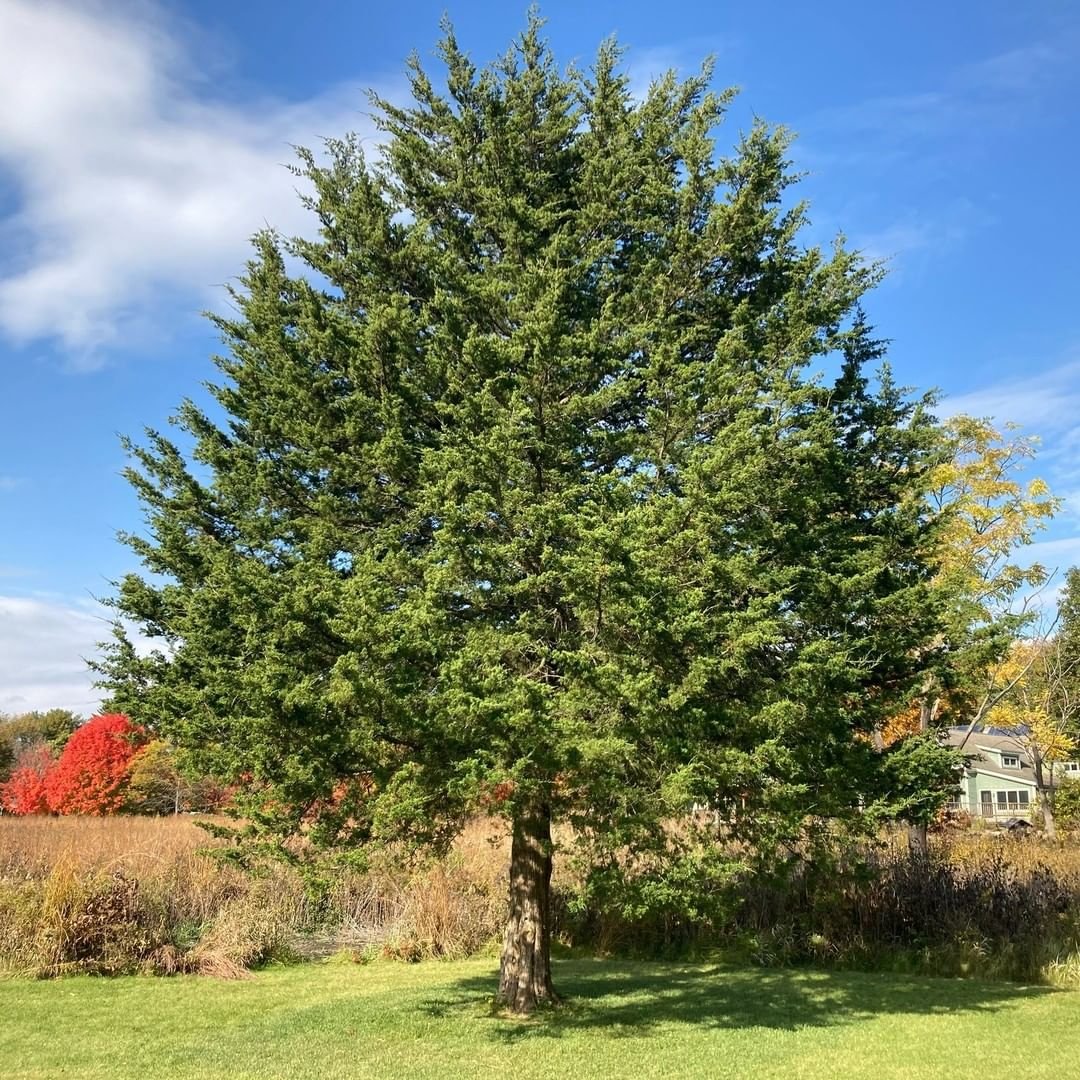
Junipers are evergreen trees or shrubs with scale-like or needle-like leaves.
Key features:
- Berry-like cones
- Drought-tolerant
- Used in gin production
K – Katsura (Cercidiphyllum japonicum)
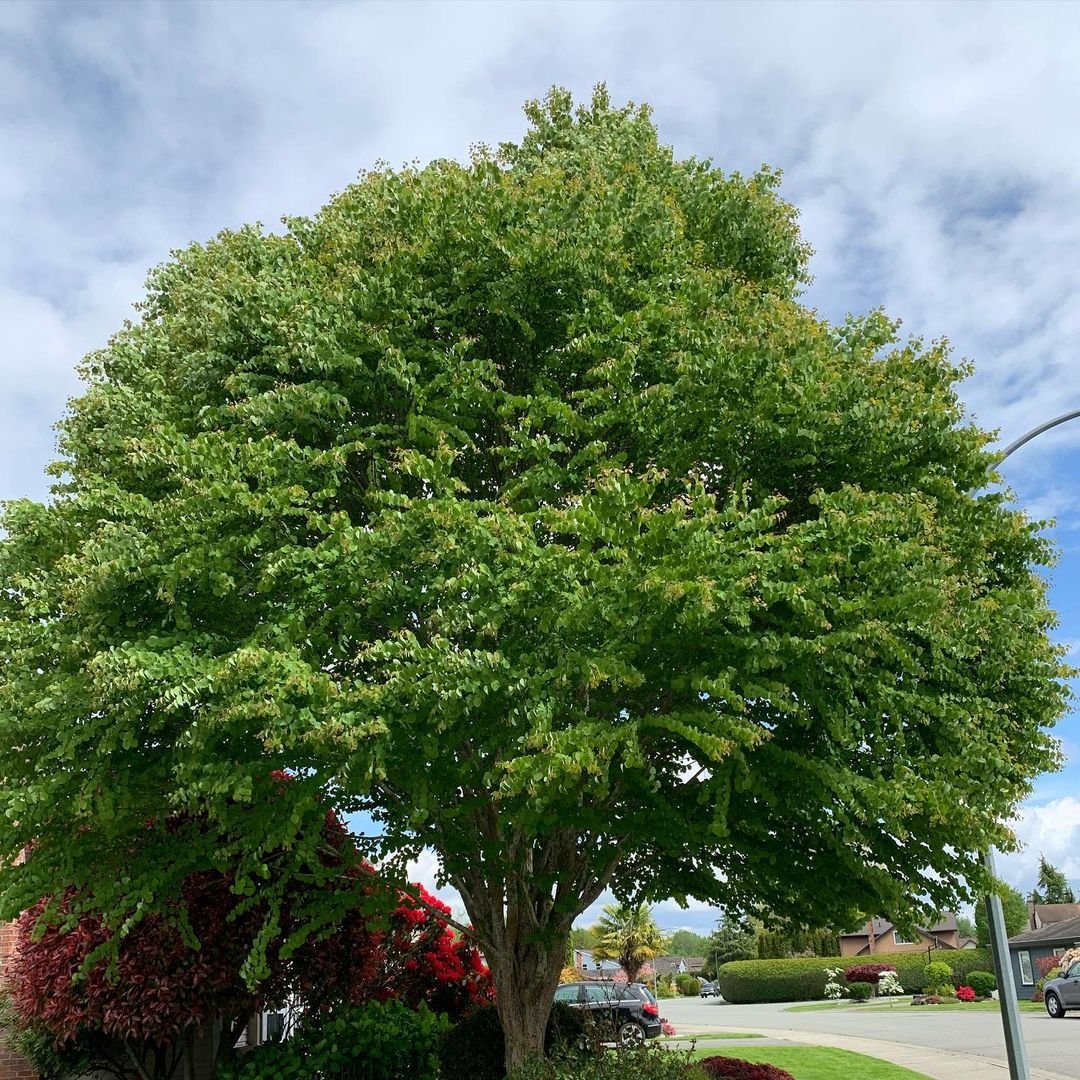
Katsura is a deciduous tree native to Japan and China.
Key features:
- Heart-shaped leaves
- Caramel-like scent in fall
- Attractive peeling bark
L – Linden (Tilia)
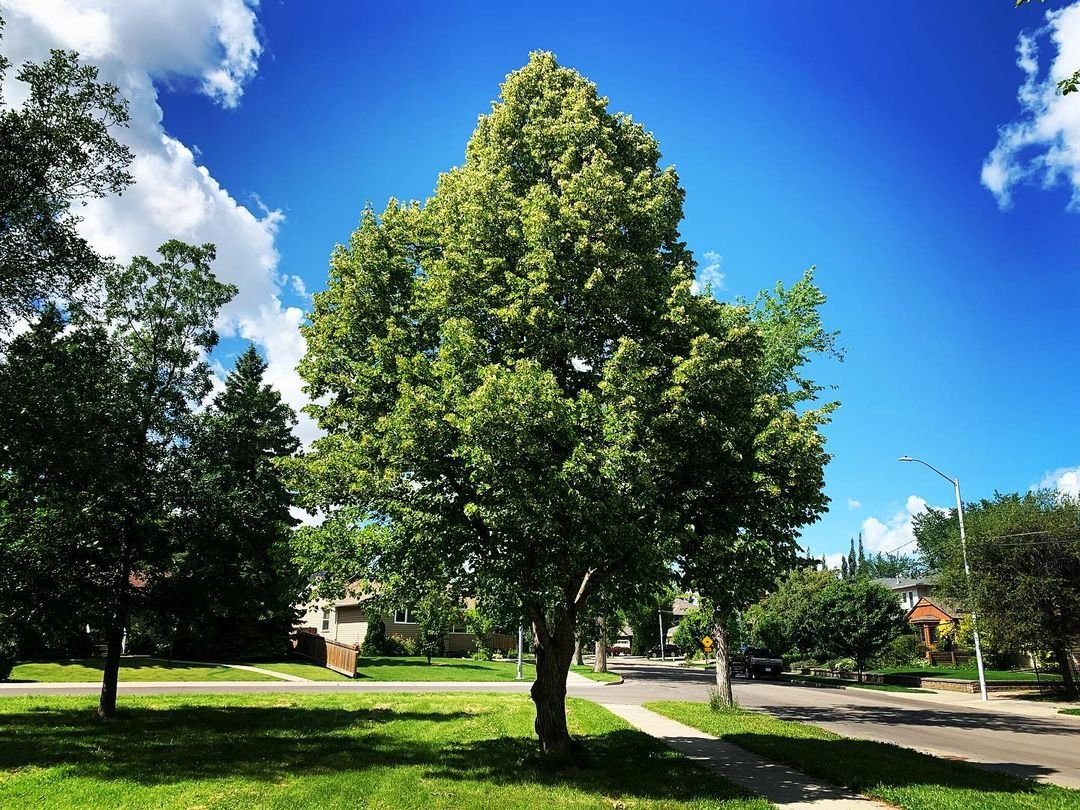
Lindens, also known as basswoods, are popular shade trees.
Key features:
- Fragrant flowers
- Heart-shaped leaves
- Important honey tree
M – Maple (Acer)
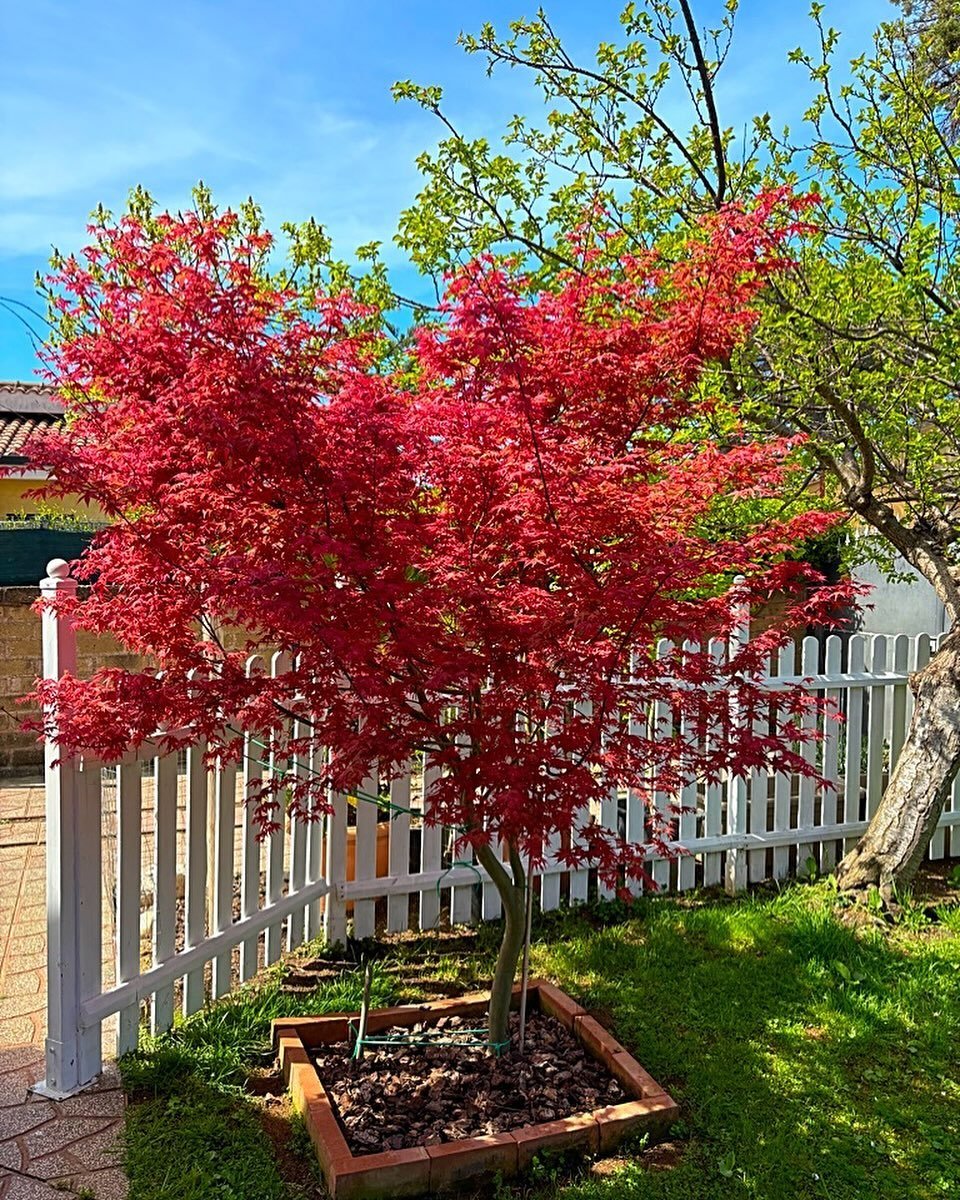
Maples are diverse trees known for their distinctive leaf shape and fall color.
Key features:
- Lobed leaves
- Winged seeds (samaras)
- Source of maple syrup (some species)
N – Neem (Azadirachta indica)
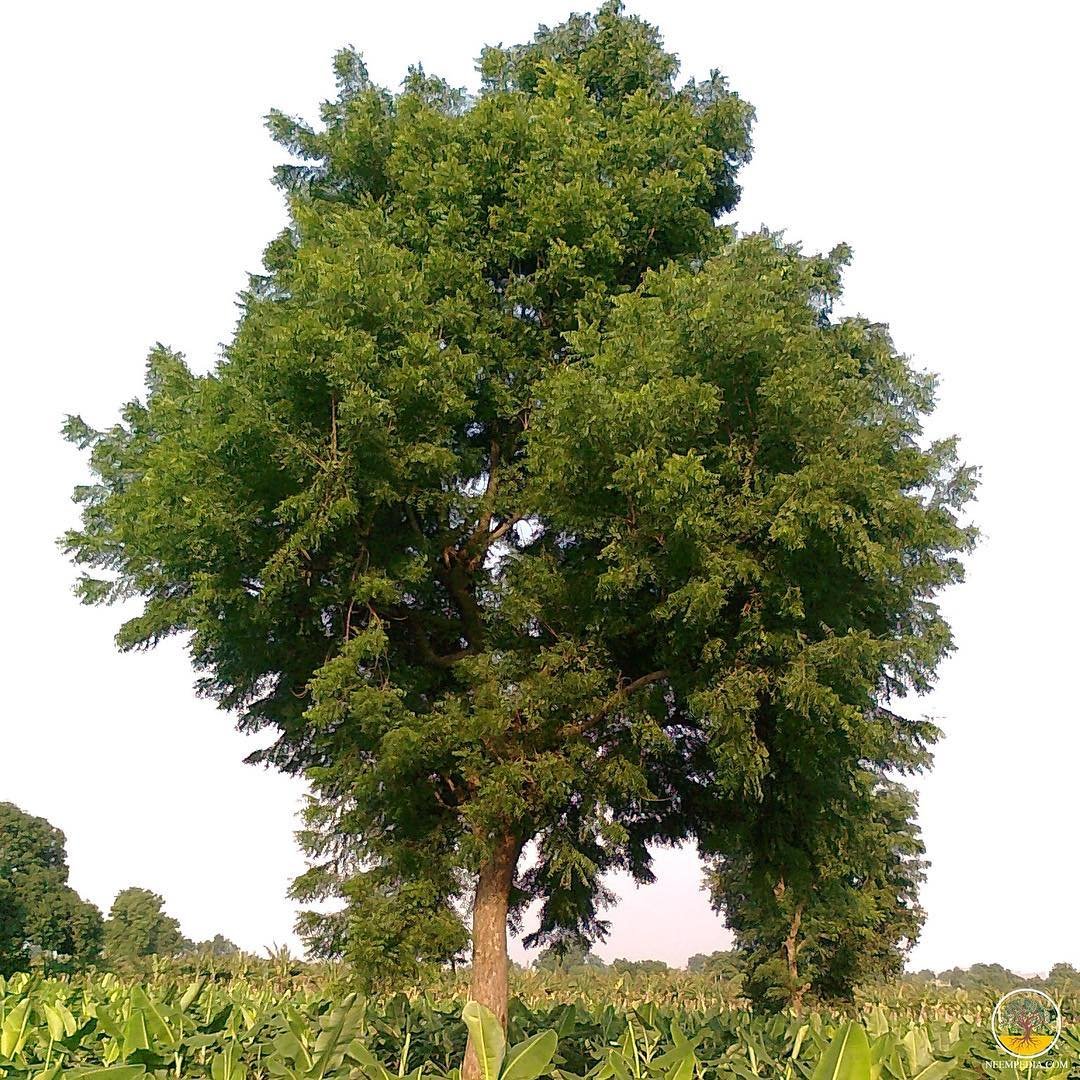
Neem is a tropical tree known for its medicinal properties.
Key features:
- Compound leaves
- Natural insecticide
- Used in traditional medicine
O – Oak (Quercus)
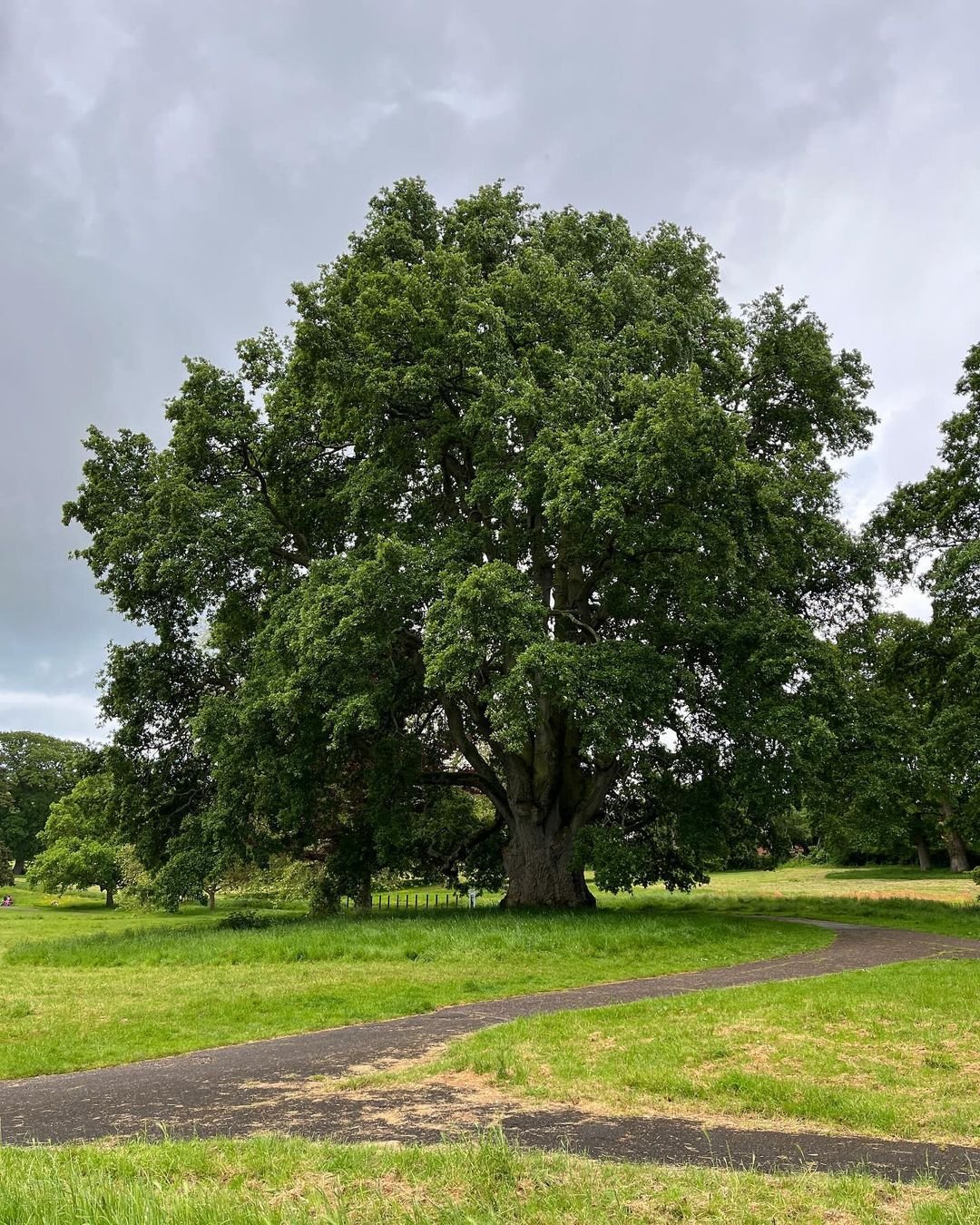
Oaks are long-lived trees known for their strong wood and acorns.
Key features:
- Diverse species
- Important wildlife tree
- Valuable timber
P – Pine (Pinus)
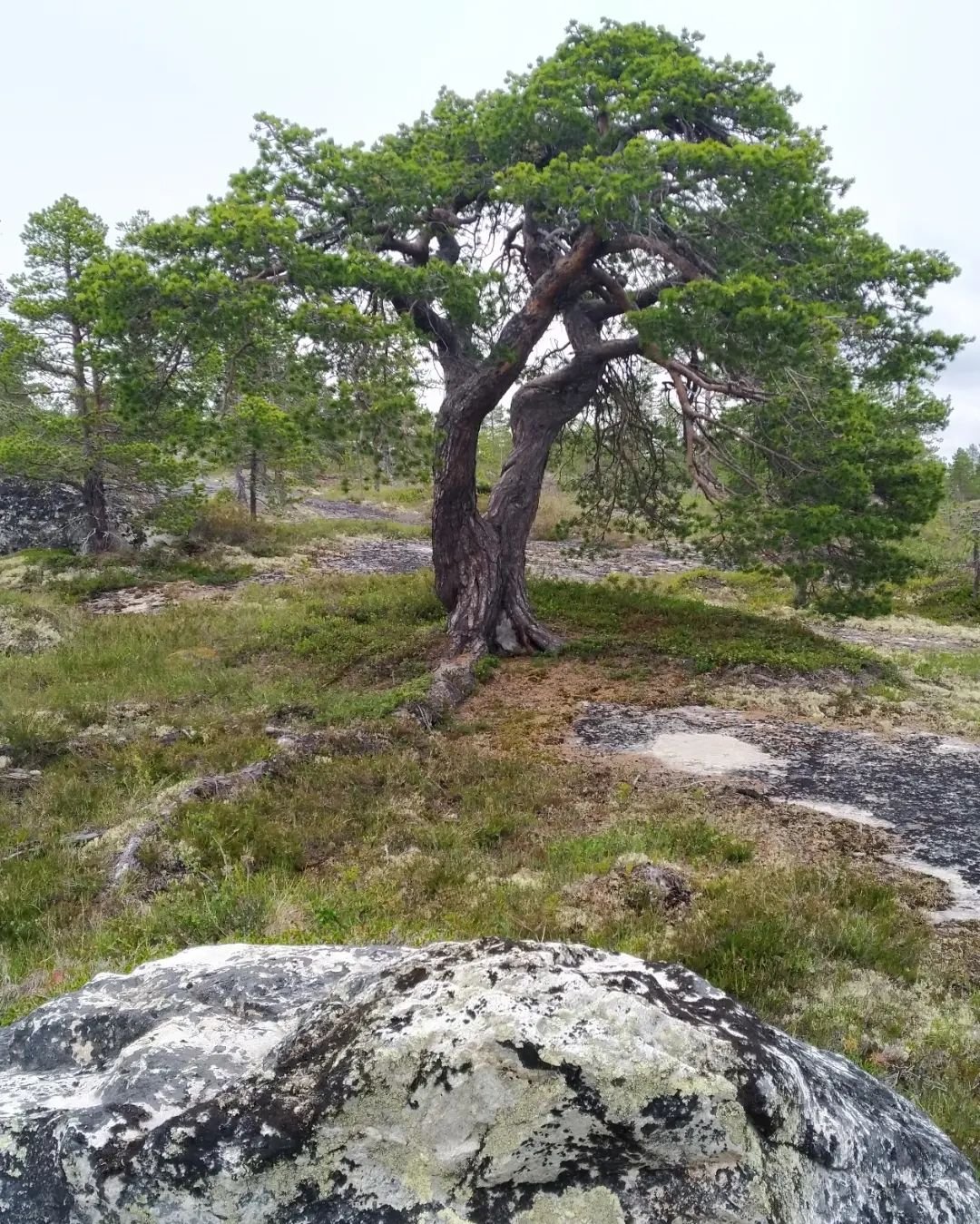
Pines are coniferous trees found in various climates worldwide.
Key features:
- Needle-like leaves
- Cone-bearing
- Source of pine nuts (some species)
Q – Quaking Aspen (Populus tremuloides)
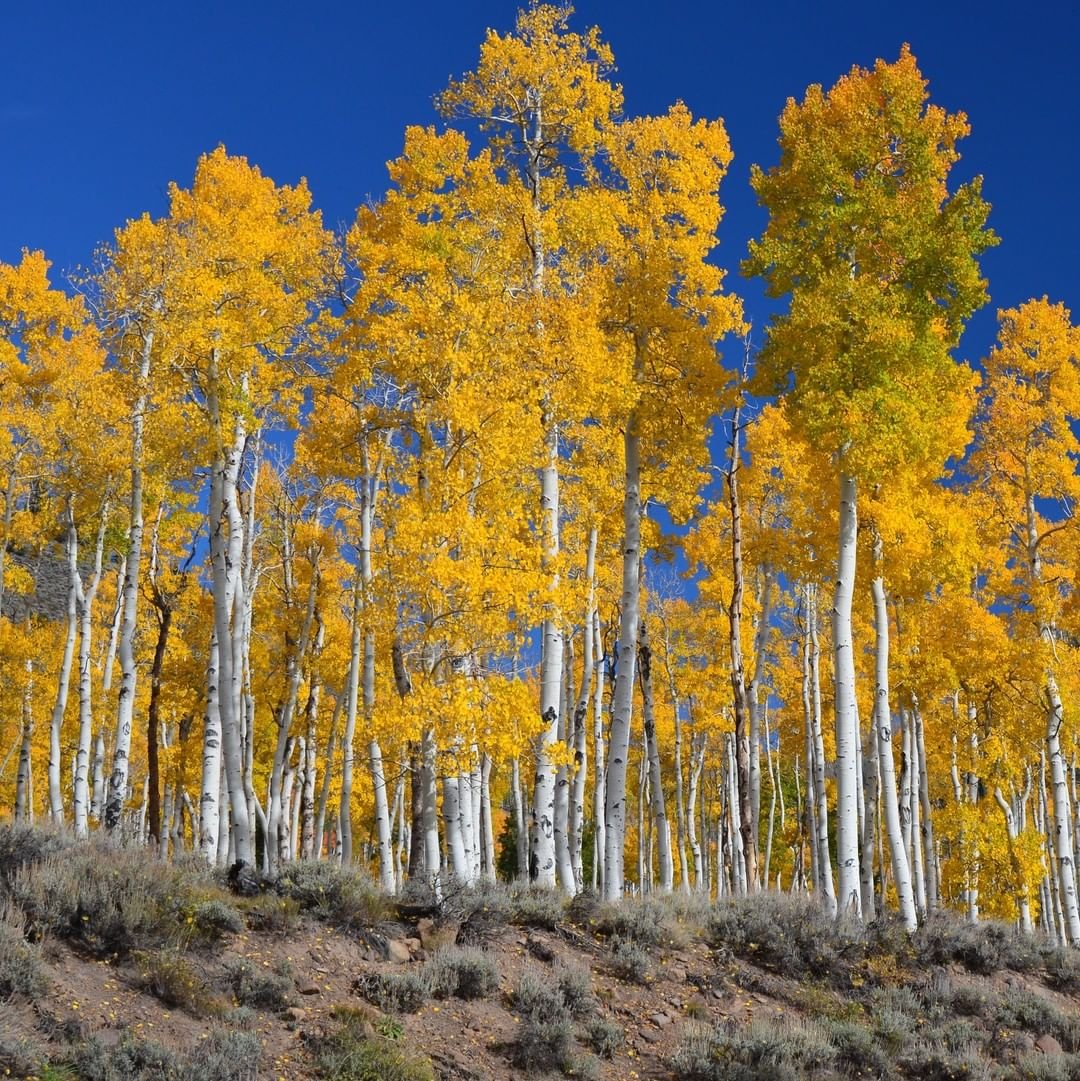
Quaking Aspen is known for its leaves that tremble in the slightest breeze.
Key features:
- Clonal growth habit
- White bark
- Rapid colonizer of disturbed areas
R – Redwood (Sequoia sempervirens)
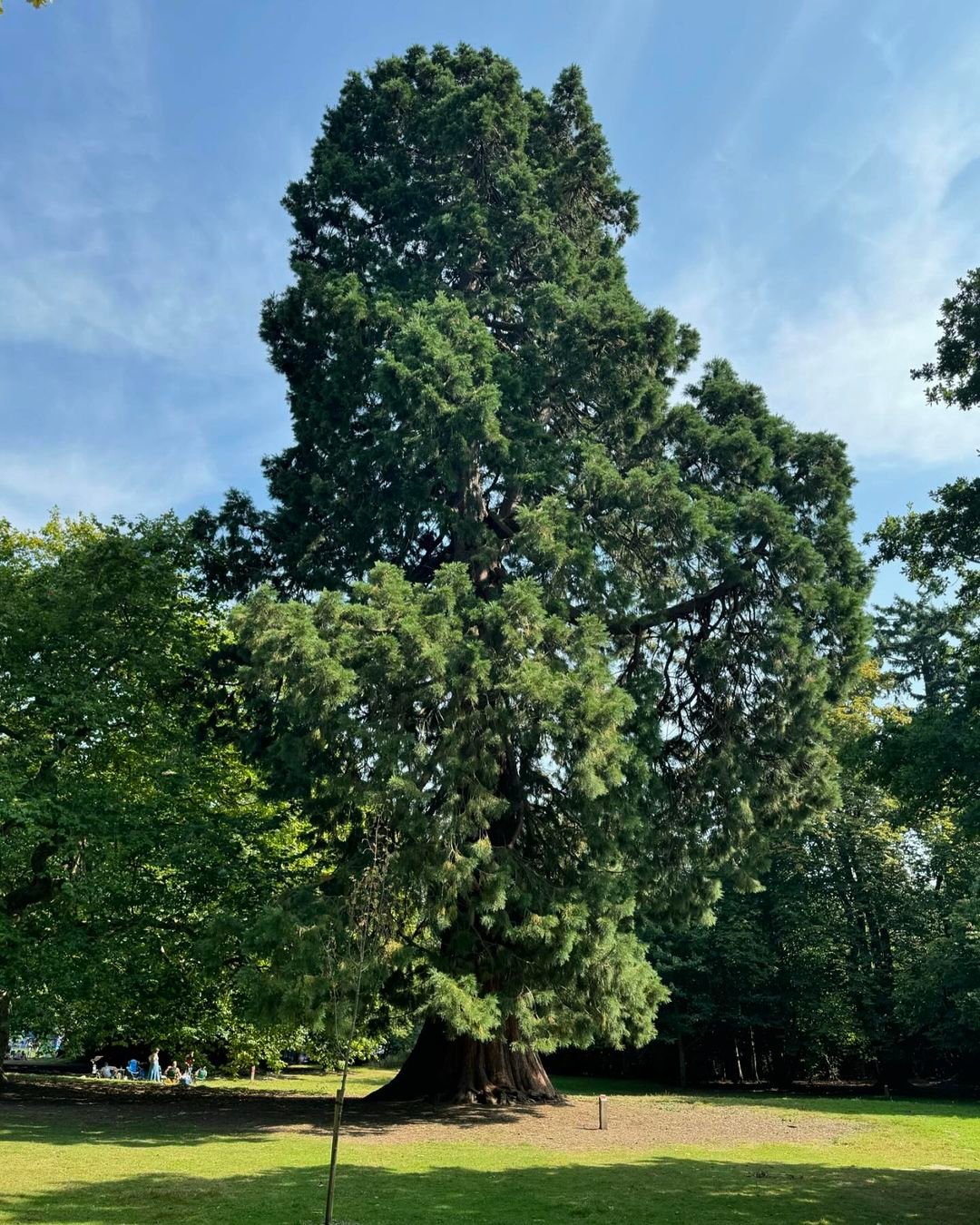
Redwoods are the tallest trees on Earth.
Key features:
- Extremely tall (up to 380 feet)
- Long-lived (up to 2,000 years)
- Resistant to rot and fire
S – Spruce (Picea)
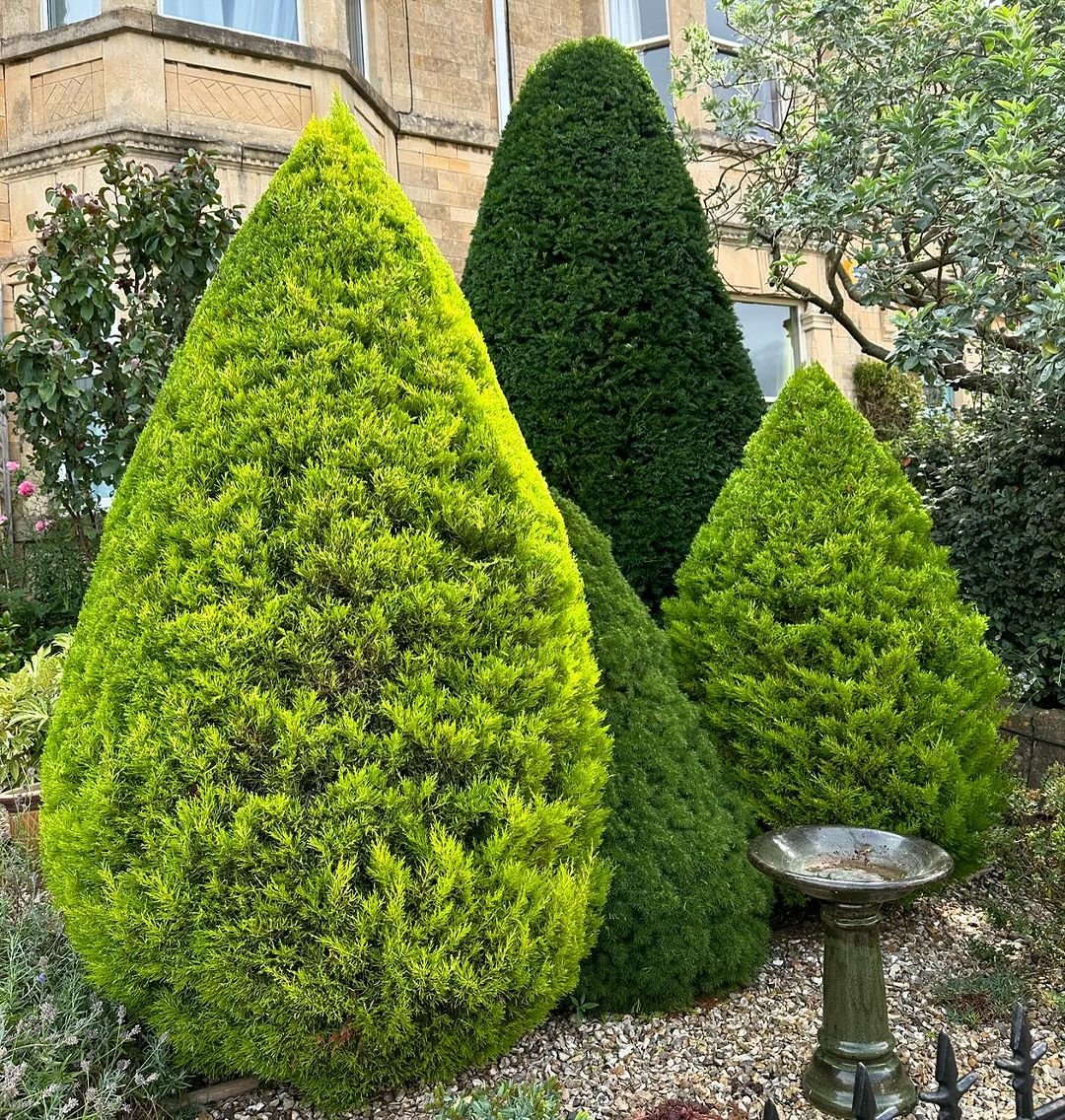
Spruces are coniferous trees often used as Christmas trees.
Key features:
- Pyramidal shape
- Sharp, needle-like leaves
- Important in paper production
T – Tulip Tree (Liriodendron tulipifera)
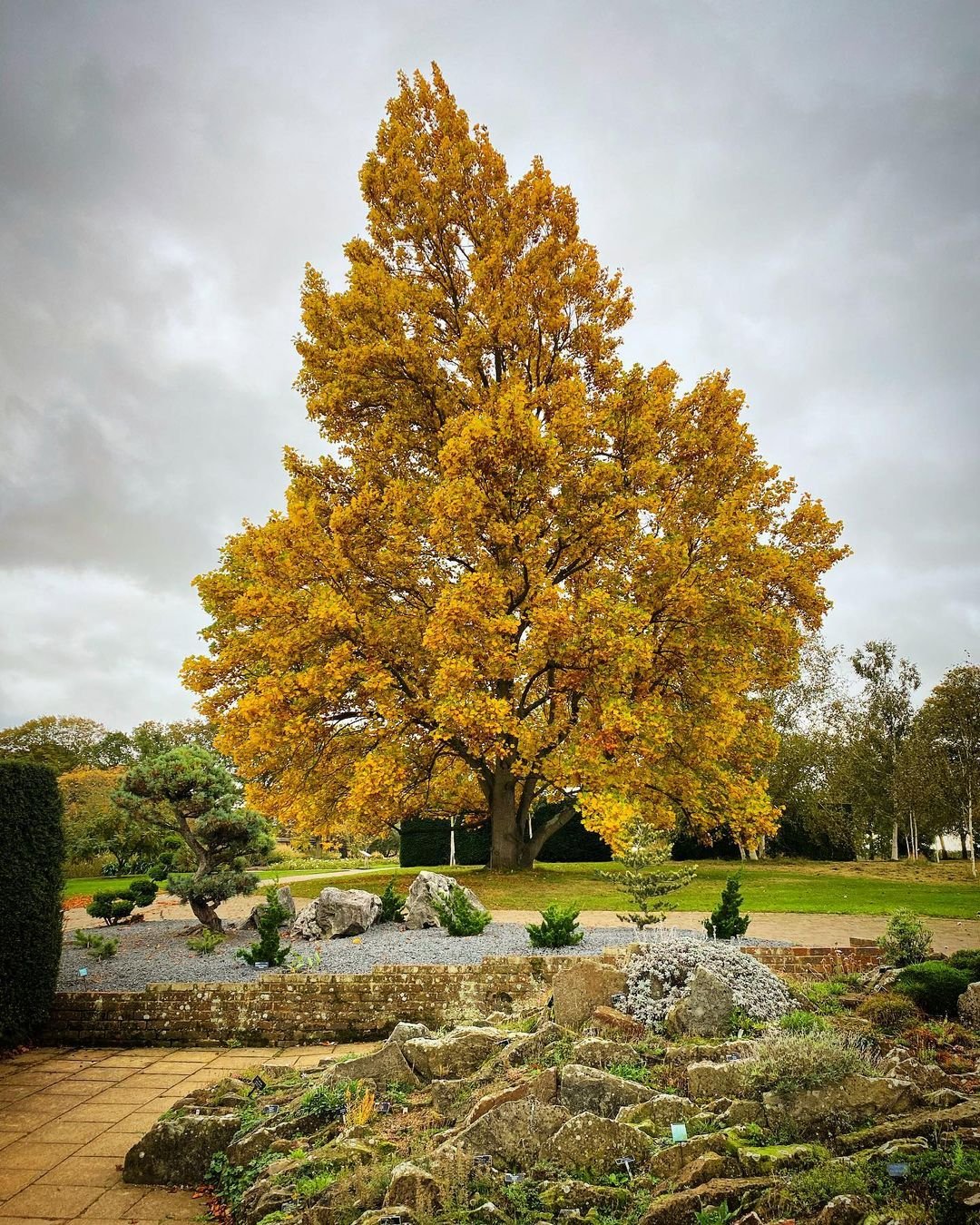
Also known as yellow poplar, the tulip tree is known for its distinctive leaf shape.
Key features:
- Tulip-shaped flowers
- Fast-growing
- Valuable timber tree
U – Umbrella Pine (Sciadopitys verticillata)
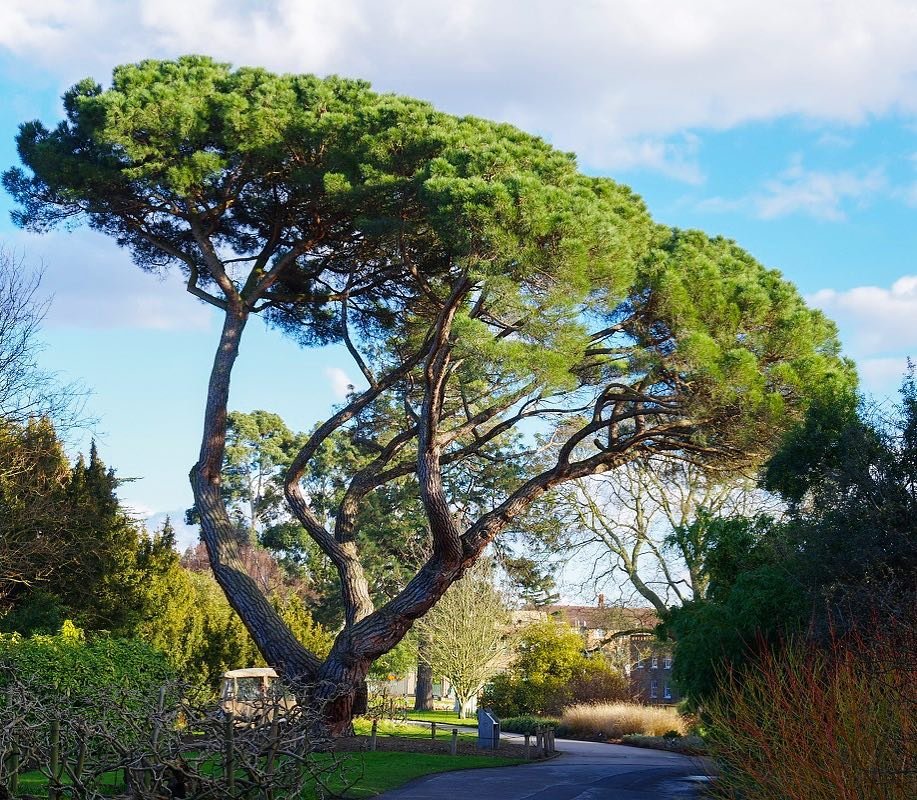
The umbrella pine is a unique conifer native to Japan.
Key features:
- Whorled needle arrangement
- Slow-growing
- Excellent ornamental tree
V – Vinegar Tree (Rhus typhina)
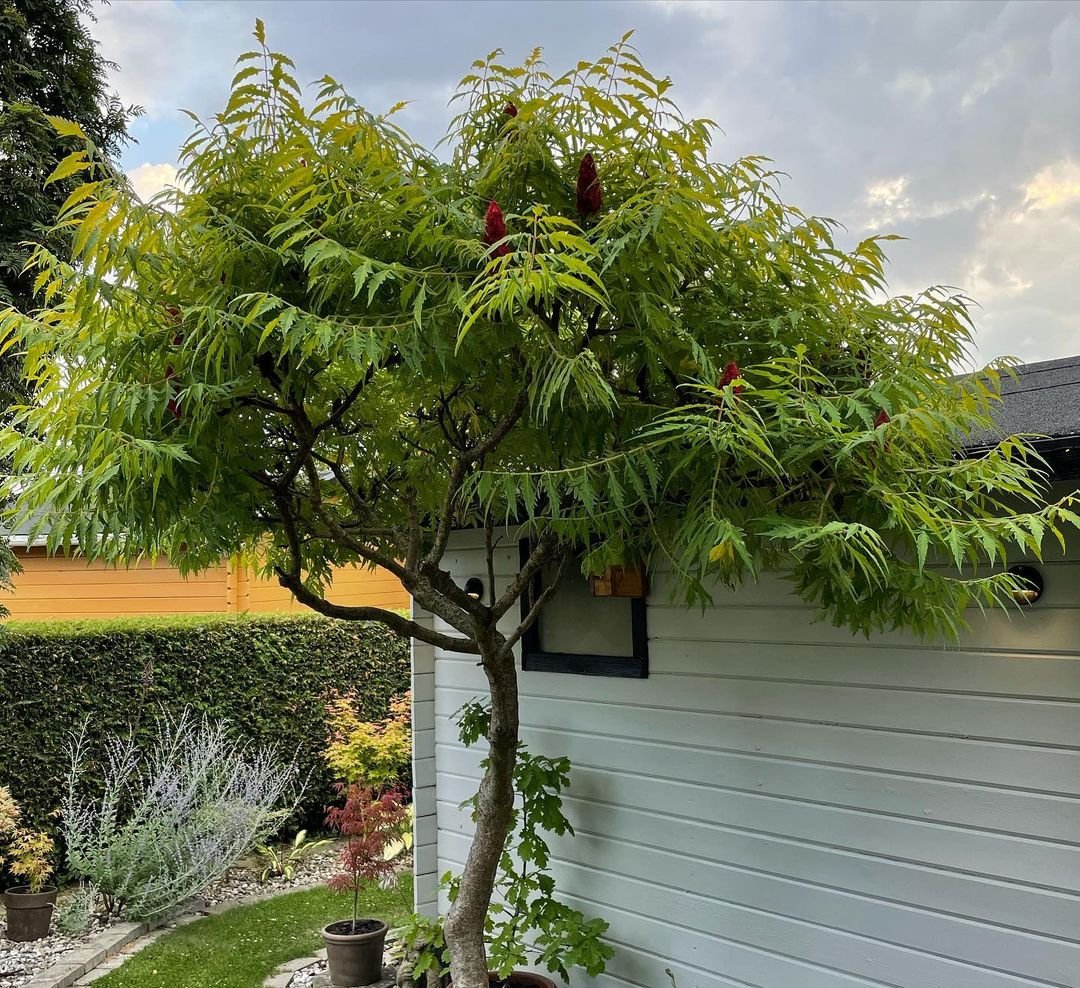
Also known as staghorn sumac, this small tree is known for its fuzzy branches.
Key features:
- Compound leaves
- Red fruit clusters
- Brilliant fall color
W – Willow (Salix)
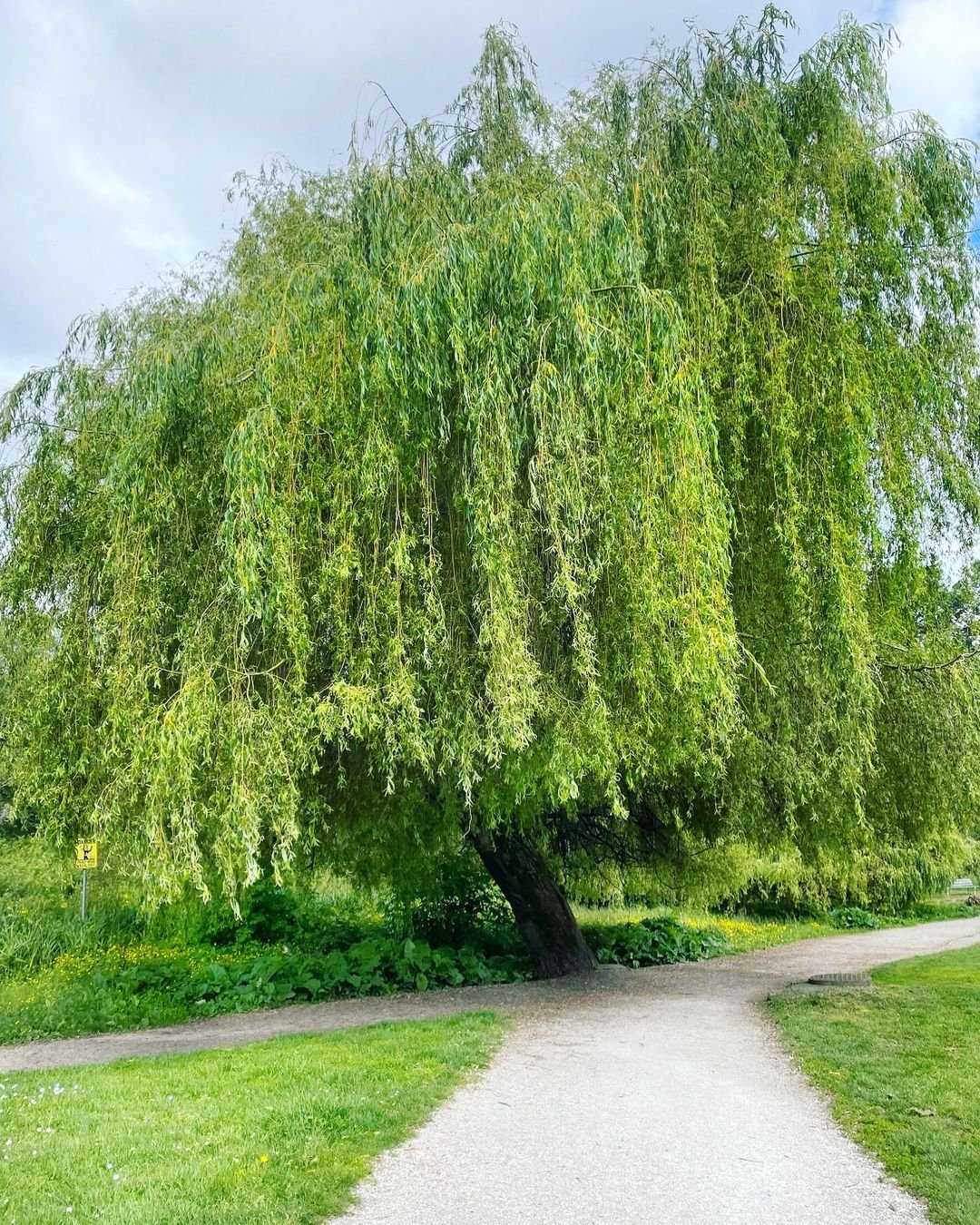
Willows are fast-growing trees often found near water.
Key features:
- Flexible branches
- Source of salicylic acid
- Important for erosion control
X – Xylosma (Xylosma congestum)
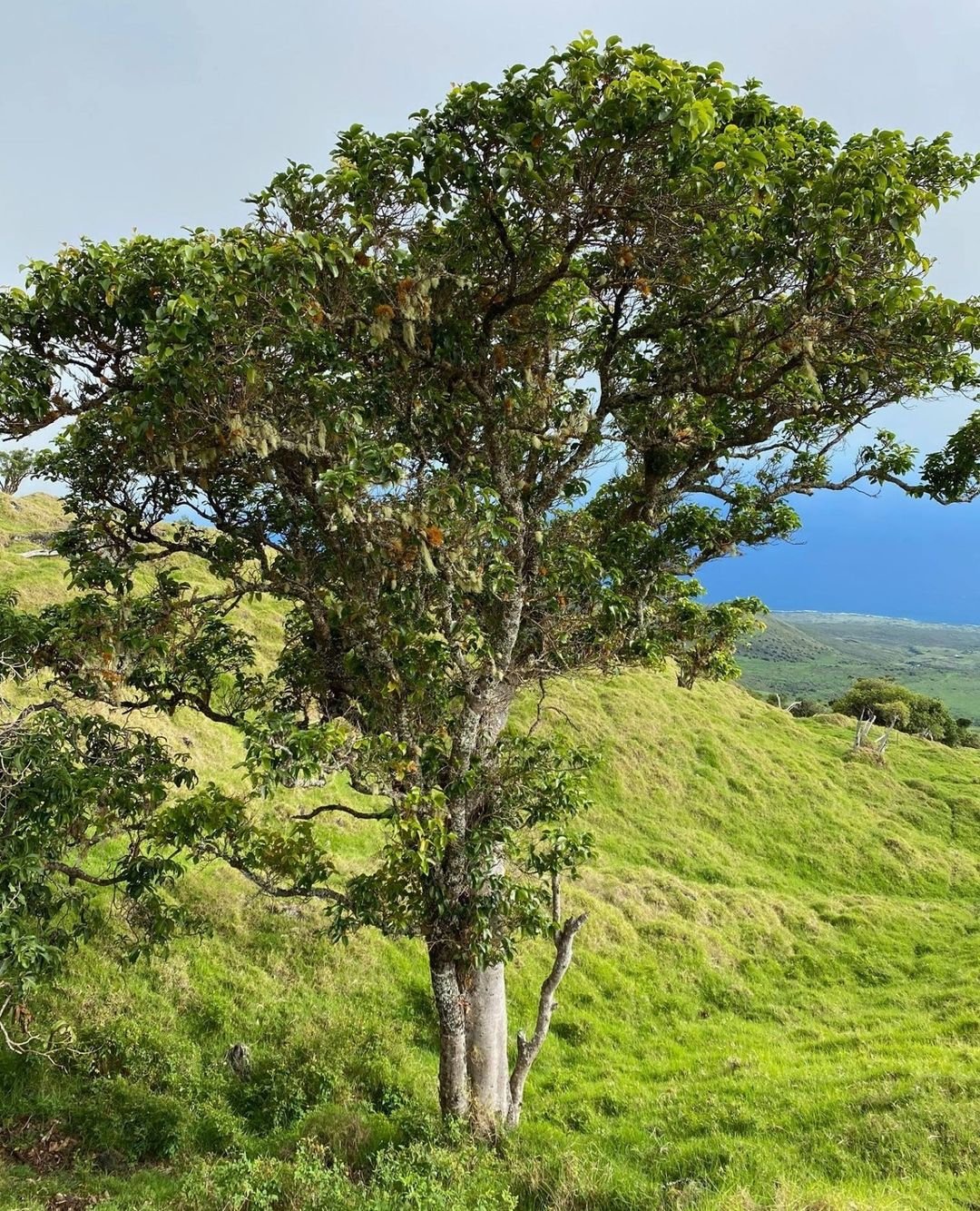
Xylosma is an evergreen shrub or small tree native to Asia.
Key features:
- Glossy leaves
- Thorny branches
- Often used as a hedge
Y – Yellowwood (Cladrastis kentukea)
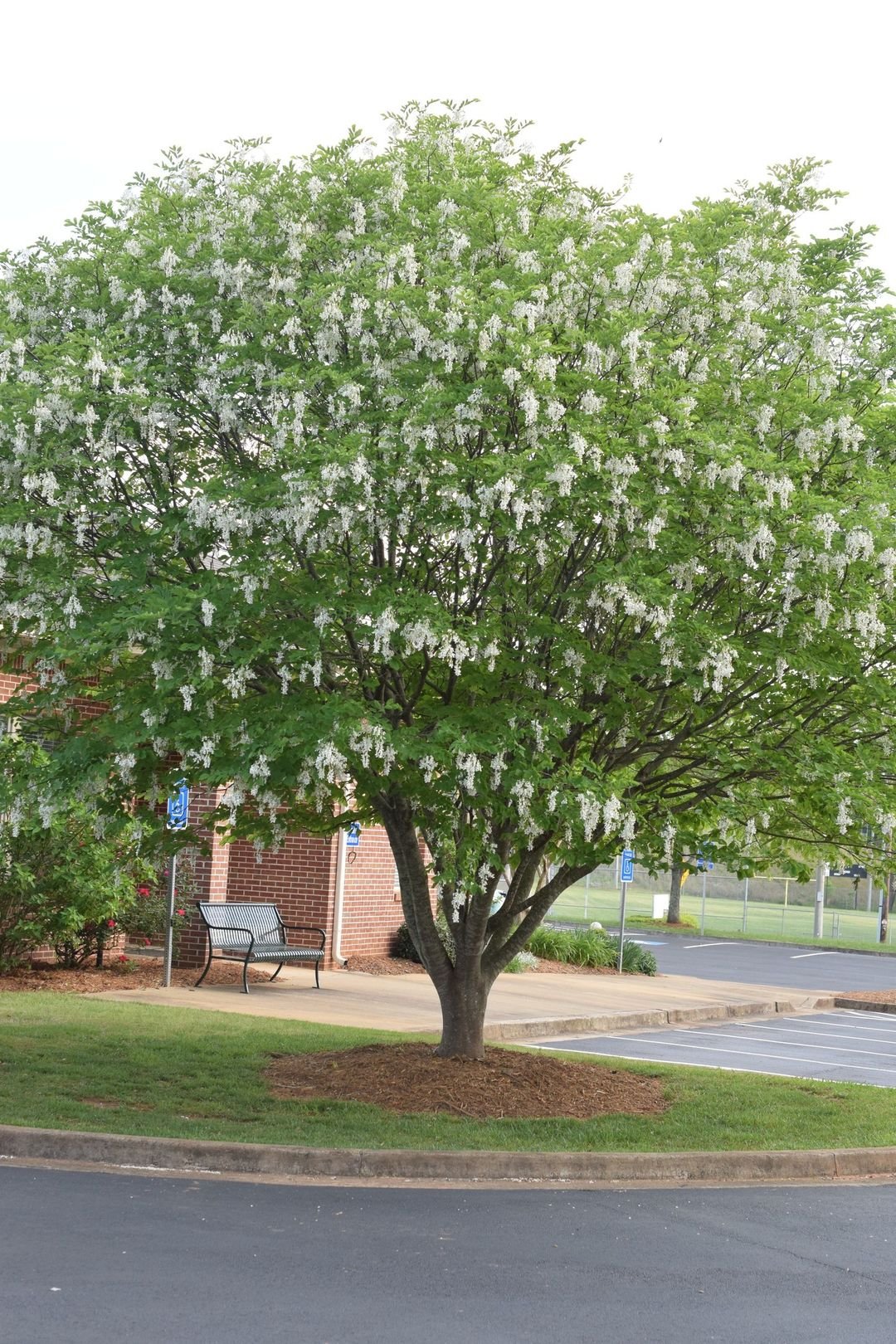
Yellowwood is a medium-sized deciduous tree native to North America.
Key features:
- Fragrant white flowers
- Smooth gray bark
- Yellow heartwood
Z – Zelkova (Zelkova serrata)
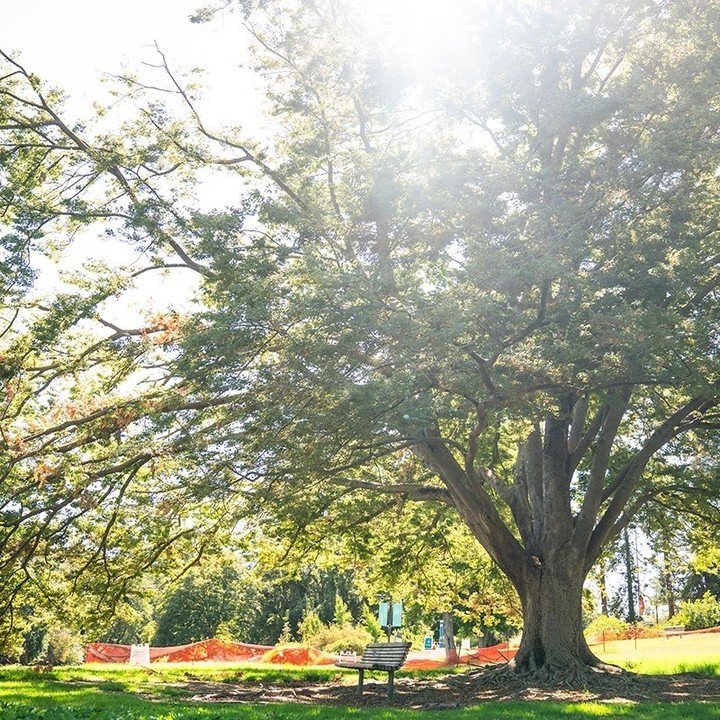
Zelkova is often used as a replacement for elms in urban settings.
Key features:
- Vase-shaped canopy
- Serrated leaves
- Resistant to Dutch elm disease
For more information on tree species and their care, visit the International Society of Arboriculture website.
This A-Z guide to trees showcases the incredible diversity of tree species around the world. From the mighty redwoods to the delicate dogwoods, each tree plays a unique role in its ecosystem and offers different benefits to humans and wildlife alike. Whether you’re a gardener, a nature enthusiast, or simply curious about the world around you, understanding the characteristics and needs of different tree species can deepen your appreciation for these vital plants.
Remember, trees are not just beautiful additions to our landscapes; they are essential for our planet’s health, providing oxygen, absorbing carbon dioxide, stabilizing soil, and supporting countless species. By learning about and caring for trees, we contribute to the well-being of our environment and future generations.
For more gardening tips and plant care guides, visit usagardenhub.com.


